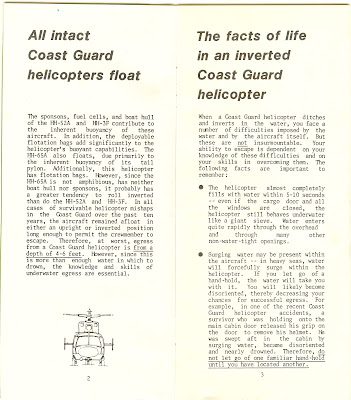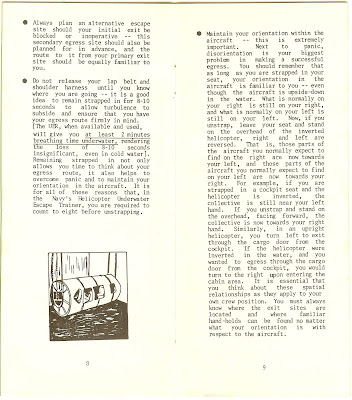Then, several months later, I spotted an odd shovel cover on eBay. The price was LOW, and it was something I had never seen. It appeared to be similar to the British web gear, with a set-up like the old German pioneer shovel covers. It was definitely old, and it was unmarked. The price was low, so how could I pass it up? Well, I didn't! I won the auction and then the investigation began.
After posting photos and inquiries online, over at the Wehrmacht Awards forum, I had my answer, thanks to a collector in Chicago. The cover is a rare, original, Model 1925, Regia Marina, shovel cover. The exact cover that I needed for my Italian shovel! I stumbled on it by chance, and took a gamble that paid off.
In the mid 1920's, Italy started experimenting with a new style of web gear for the Italian Navy, based largely on the style and construction of the old British web gear. The new gear was adopted in 1925, and for a short time before WW2, the Italians even had some of it produced by British companies. The web gear was produced from 1925, and into WW2, for the Italian Navy Marines and landing parties, better known as the "Regia Marina", or Royal Italian Navy in English.
The shovel cover that I have, was designed to be worn two ways. It could be hung from a hook on the rucksack, using the D-Ring on the cover, with the blade down / handle up, or it could be used as a shovel blade cover when the shovel was carried in the combo-bayonet frog.
The snaps on this cover are plain, painted black, brass. They were also produced using a "Regia Marina" embossed snap.
You can see some great photos of the Italian Model 1925 gear over at this Italian forum site. It is all in Italian, but the photos are great! Down a bit on the web site, you will see a group photo of soldiers, and if you look closely, you will see several wearing their shovels in the bayonet frog with the cover installed.
https://miles.forumcommunity.net/?t=54755632&st=15
When the mystery of the shovel cover was solved, I was beyond thrilled! I figured that it would be very unlikely to ever run across one of these Italian covers here in the US. I guess those gambles pay off from time-to-time.
You can read about the Italian shovels in two of my previous posts:
https://sharky-fourbees.blogspot.com/2019/01/italian-army-shovel-entrenching-tool.html
https://sharky-fourbees.blogspot.com/2019/02/italian-army-shovel-entrenching-tool.html
Now let's take a closer look at this cover.
















































